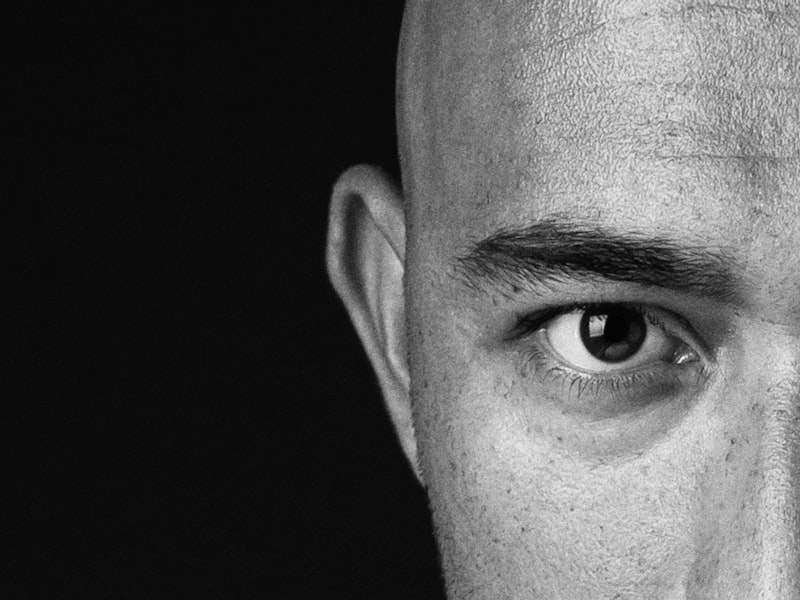What to Expect Before Getting a Massage


It is essential to know what you are getting from a massage prior to when you go. When you are having a massage, you will need to get dressed as completely as you can. Make sure to tell the massage therapist about any allergies so they can provide substitutes. It is also essential to calm your muscles and mind before the massage, and to breathe in a relaxed manner. Don't get up too fast and ensure you consume plenty of fluids following the massage. There is also the possibility of asking questions for your massage therapist.
Techniques
Different techniques can be used to relax the body. The type of massage used is therapeutic and is also called "sports massage." The most popular methods are friction and compression. Cross-fibre friction may be utilized in sports massage to create the effect of stretching and widening on large muscle groups. These massages help to reduce adhesions, encourage flexible and strong healing, and reduce inflammation. Some popular techniques include Swedish massage that is comprised of long strokes and taps, vibrating, effleurage, and shaking movements. Research has shown that massage can be beneficial to those with HIV/AIDS or cancer.
Tapotement, also known as Kneading, is a technique that makes hands that move in a rhythmic fashion on the skin to increase blood circulation. It improves respiratory health and can help stretch tissues. Effleurage aids the body to eliminate waste by dispersing blood. Effleurage is the most well-known method used during the course of a massage. It can be used in various pressures and speeds. The key to mastering the technique is relaxation.
Benefits
Massage has many health benefits. Studies have shown that massages can lower the risk of getting cancer. Currently, studies are limited to one or two massages per week, although regular massage sessions can produce substantial positive outcomes. Despite the hype about massage, the effects of a quick 20-minute session can be felt immediately. Massage therapists can help you avoid injuries from falls by encouraging balance and allowing the body to move in a natural way.
Massage is being used to treat a wide spectrum of illnesses. Massage is among the oldest techniques that humans have utilized to alleviate pain and improve general well-being. It's not just used to alleviate pain. The Mayo Clinic provides expert advice as well as free advice to help you improve your well-being. So, get ready to benefit from massage. Schedule an appointment today to be the most fit and healthy you can be!
출장안마 Questions to ask
Before you get a massage there are a few aspects to be considered. Similar to any other form of therapy, it's better to be safe than sorry. Aside from asking for an experience that is safe for your health You may also wish to inquire with the therapist whether they make outcalls. Massage therapists are highly skilled professionals who understand how important it is to maintain a professional connection with their customers. However, you shouldn't inquire in a way that could make you appear immature or unprofessional to the therapist.
You must also disclose any pre-existing injuries that might interfere with the massage. A firm deep tissue massage isn't advised for those taking blood thinners. If you're on corticosteroids, you must be aware of possible negative reactions that can result in blisters, dryness, or a burning sensation. Before you begin the massage, make sure that you report any of these conditions to your massage therapist to ensure that they is able to avoid potentially dangerous situations.
Time
There have been research studies conducted on the effects of different massage durations. However, few of them are reliable enough to draw any meaningful conclusions. Utilizing outcomes measures that detect small changes in a person’s condition could make research more powerful. To determine whether massage can decrease pain or improve relaxation, the researchers should first choose outcomes that accurately reflect the effects of different kinds of massage. They also must recruit sufficient participants in order to create an appropriate comparison.
A meta-analysis of 22 randomised studies discovered that massage could reduce pain by 13%. However, the results were inconsistent and not enough to show its effectiveness. Non-manual massage techniques were also utilized in the study which are uncommon. The studies didn't examine the effects of massage like the flexibility of muscles or delayed muscle soreness. There is no conclusive evidence that supports massage's advantages. Even with the limited research available, it is still possible to reap the benefits of massage.
Risks
There are a variety of risks associated with massage therapy. It is recommended to avoid massaging patients who have high blood pressure as this condition can create plaque in the arteries. The plaque can burst when massaged, and release blood clots which can travel to the brain or heart. It can also cause tiredness and insomnia as severe negative side consequences. It can also lead to an infection. Prior to performing a massage, massage therapists should make sure they are taking all necessary precautions.
Most massage hazards occur because therapists are prone to the "no pain, zero gain" mentality. Chronic pain sufferers are at a higher the risk of getting unsafe massage treatments in the event that the therapist is confident. The therapists may be more sensitive to the effects of their treatments and, if they are not trained, may dismiss the symptoms as insignificant. Find out more about the risks of massage therapy in order to lower the chance of suffering.
